Nikander Bruggeman1590599136, 9781590599136
Table of contents :
Prelims……Page 1
Contents at a Glance……Page 5
Contents……Page 7
About the Authors……Page 11
About the Technical Reviewer……Page 13
Acknowledgments……Page 15
What Does This Book Cover?……Page 17
Unknown……Page 0
What Do You Need to Use This Book?……Page 19
Architecture Overview……Page 21
Web Parts Overview……Page 23
WSS 3.0 Tools: Visual Studio 2005 Extensions……Page 29
Project Templates……Page 30
Web Part Project Template……Page 31
SharePoint Solution Generator……Page 35
Configuring Web Parts……Page 36
Using Resources in Web Parts……Page 39
Web Part Menu Verbs……Page 44
Creating Editor Parts……Page 46
Deploying a Web Part……Page 51
Enhancing Development of Web Parts with the Guidance Automation Toolkit……Page 57
Guidance Automation Toolkit……Page 58
Adding a Solution Template……Page 60
Adding a Project Template……Page 61
Defining the Final Part of the Web Part Library Guidance Package……Page 62
Installing and Using the Web Part Library Template……Page 67
Summary……Page 74
What Are Ajax and ASP.NET Ajax?……Page 75
Ajax Frameworks for ASP.NET……Page 78
Adding Service Virtualization to a Web Service……Page 79
Web Part Tokens……Page 86
Rendering JavaScript Within a Web Part……Page 88
JavaScript On-Demand Loading……Page 90
Debugging JavaScript……Page 92
Retrieving Data via XMLHttpRequest……Page 93
Web Service Behavior……Page 96
Plain Text……Page 97
JSON Messages……Page 98
Creating a Performance Counter Web Service……Page 100
Creating a Test Client……Page 103
ASP.NET Ajax-Enabling a Microsoft Office SharePoint Server 2007 Web Application……Page 107
Ajax-Enabling a Web Part……Page 111
Building a Company Contact Web Part Using ASP.NET Ajax and JSON……Page 114
Building an Autocompletion Web Part……Page 120
Client-Side Connectable Web Parts and ASP.NET Ajax……Page 125
Revisiting the Performance Counter Web Part……Page 133
Client Callbacks and the People Picker Control……Page 136
Building a People Picker Web Part……Page 137
Summary……Page 141
Introducing Reporting Services……Page 143
SQL Server 2005 Service Pack 2.0……Page 145
SQL Server 2005 Reporting Services Add-in for Microsoft SharePoint Technologies……Page 146
Mode of Deployment……Page 147
Configuring Native Mode……Page 149
Configuring SharePoint Integration Mode……Page 150
Building a Report……Page 153
Viewing a Report……Page 157
Report Manager……Page 159
Reporting Services Web Parts……Page 160
Installing Report Web Parts……Page 161
Using Report Web Parts……Page 162
SQL Server Reporting Services Report Viewer Web Part……Page 164
Report Center……Page 166
Building a Report Model……Page 167
Using a Report Model……Page 174
Reporting Services Extensions……Page 178
Data Processing Extension Example……Page 179
Developing a Custom Data Extension……Page 181
Deploying a Custom Data Extension……Page 192
Using the Custom Data Extension……Page 194
Summary……Page 197
Basics of Windows Workflow Foundation……Page 199
Activities……Page 200
Components……Page 203
Workflow Styles……Page 204
Designing a Workflow……Page 206
Rules: Conditions and Actions……Page 207
Creating an Example Workflow……Page 209
Getting to Know Visual Studio 2005 Designer……Page 214
Creating an Example Workflow……Page 217
Creating an Initiation Form……Page 218
Creating a Custom Task Form……Page 222
Developing the Workflow……Page 226
Deploying a Workflow……Page 237
Creating a feature.xml File……Page 238
Creating a workflow.xml File……Page 239
Deploying the Workflow……Page 240
Debugging a Workflow……Page 242
Using Forms to Capture and Automate Your Processes……Page 243
Creating and Using a Custom Activity……Page 244
Summary……Page 248
Introducing Software Factories……Page 249
Background on Domain-Specific Languages……Page 250
Components of a Software Factory……Page 251
Using DSL Tools……Page 252
Background on Web Part Connections……Page 253
The SharePoint 2003 Web Part Connection Framework……Page 254
Creating a Provider Web Part Implementing a Custom Interface……Page 256
Creating a Consumer Web Part Consuming a Custom Interface……Page 258
Interfaces and Transformers……Page 261
Building a Custom Transformer……Page 262
SharePoint 2007 Transformers……Page 266
Building a Field Provider and Consumer……Page 267
Building a Row Provider and Consumer……Page 271
Building a Table Provider and Consumer……Page 276
Building a Parameters Provider and Consumer……Page 281
A Domain-Specific Language: Using WPCL 2007……Page 289
Creating a New WPCL 2007 Application……Page 290
Elements of the WPCL……Page 293
Creating a Connection Using the IWebPartField Interface……Page 298
Creating a Connection Using the IWebPartRow Interface……Page 299
Creating a Connection Using the IWebPartTable Interface……Page 300
Creating a Connection Using a Custom Interface……Page 301
Creating the Web Part Connection Language……Page 302
Choosing a Domain-Specific Language Template……Page 303
Configuring the DSL Solution……Page 307
Adding Support for Web Parts……Page 309
Creating the Look and Feel for Web Parts in the WPCL 2007……Page 310
Changing the WPCL Toolbox……Page 311
Creating the Look and Feel for Existing Relationships……Page 312
Making a Domain Property Editable in a WPCL Diagram……Page 313
Testing the First Version of the WPCL……Page 314
Adding IConnectable Interfaces……Page 315
Adding Visual Representations for Interface Items……Page 317
Making the Interface Shapes Visible on the Canvas……Page 319
Generating the WPCL……Page 320
Validation……Page 321
Validation Events……Page 322
Establishing the Web Part Validation Rules……Page 323
Implementing Web Part Validation Rules……Page 324
Text Templates……Page 325
Text Template Syntax……Page 327
Debugging Text Templates……Page 329
Deploying the Web Part Connection Language……Page 330
Summary……Page 331
Getting to Know WSRP……Page 333
Approaches for User Interface Reuse……Page 334
Common WSRP Architectures……Page 336
Benefits……Page 338
Drawbacks……Page 339
Interfaces……Page 341
State……Page 344
Window State……Page 345
Markup URLs……Page 346
Namespace Encoding……Page 349
What About WSRP 2.0?……Page 350
Configuring a WSRP Consumer for Microsoft Office SharePoint Server 2007……Page 351
Implementing a WSRP Producer……Page 354
Summary……Page 358
Setting Up the Development Environment……Page 359
Impersonation and Elevation Within the SharePoint Object Model……Page 361
LogonUser……Page 362
SPUserToken……Page 369
Encrypting Sensitive Data via DPAPI……Page 372
Storing Sensitive Information in an Encrypted Way……Page 373
Single Sign-on……Page 376
RevertToSelf and RunWithElevatedPrivileges……Page 381
Delegation……Page 387
Impersonation in WCF……Page 390
Summary……Page 397
InfoPath Walkthrough……Page 399
Trust Levels……Page 409
Using Site Content Types……Page 410
Sharing Data Connection Files in a Data Connection Library……Page 413
Using Data from a SharePoint List……Page 419
Updating and Saving an InfoPath Form Programmatically……Page 422
Using a Submit Button……Page 425
Importing Forms……Page 428
Forms Services 2007……Page 430
Integration Between InfoPath, SharePoint, and BizTalk Server 2006……Page 434
Comparing Biztalk to Windows Workflow Foundation……Page 435
Installing the Windows SharePoint Services Adapter……Page 436
Message Processing Overview……Page 438
Windows SharePoint Services Adapter Overview……Page 439
Creating an XSD Schema……Page 440
Creating an Orchestration……Page 442
Form Libraries……Page 450
Property Promotion……Page 453
SharePoint List……Page 455
Moving Binary Content……Page 456
Summary……Page 458
Search Architecture……Page 459
Probabilistic Ranking……Page 461
Firing a Query via the SharePoint Object Model……Page 462
Firing a Query via the SharePoint Web Service API……Page 464
Firing a Query via the MOSS Query Tool……Page 466
SQL Full-Text Extensions Syntax……Page 468
Scope……Page 469
Retrieving Folders and Files……Page 470
Date Comparison……Page 471
Group Alias……Page 472
* Wildcard……Page 473
Noise Words……Page 476
Thesaurus……Page 478
Some……Page 479
Rank Factors……Page 481
Common Pitfalls and Questions……Page 485
Sensitivity……Page 486
Other Search Engines That Work with SharePoint……Page 487
Summary……Page 488
Index……Page 489
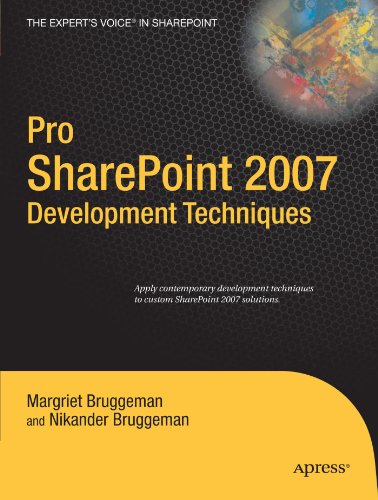
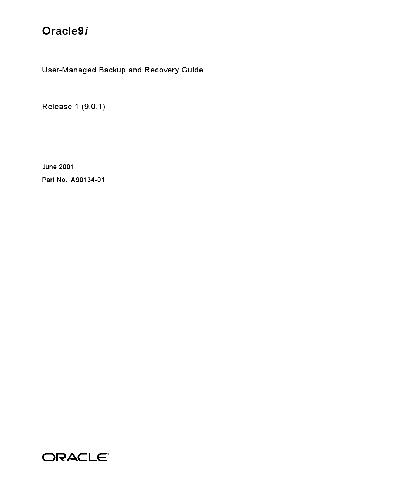


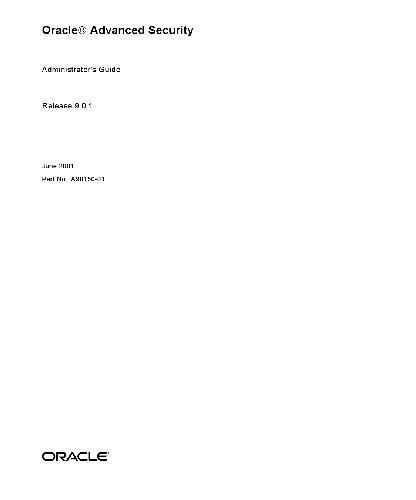
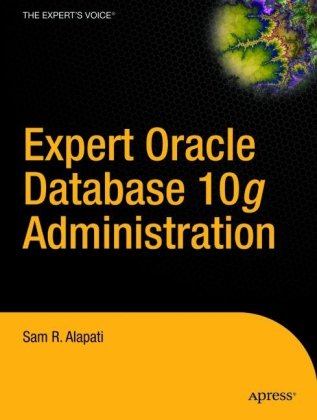
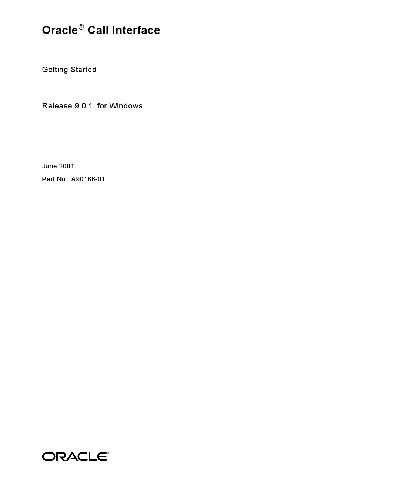
Reviews
There are no reviews yet.